How to create surface patterns: 10 expert tips
With patterned goods undergoing a revival just now, top designers dish out some hot advice to Lisa Hassell.

Surface pattern design has enjoyed a bit of a revival in recent years, with a new wave of illustrators and designers fuelling the growing trend for decorated objects, illustrated goods and aspirational home wares.
We reveal 10 expert tips for creating your own surface pattern designs - from sourcing inspiration, to spotting trends and creating repeat patterns.
01. Observe the world around you
Designers can avoid the intimidation of the 'blank page' by dedicating a few hours a day gathering materials to spark ideas.
"Invest time in gathering enough reference material to work from before you start designing a repeat pattern," advises Abigail Borg. "I often have a drawing week, where I try and spend as little time doing anything else but drawing. Then you can spend time on the computer playing around with all of your wonderful drawings and seeing what works together."
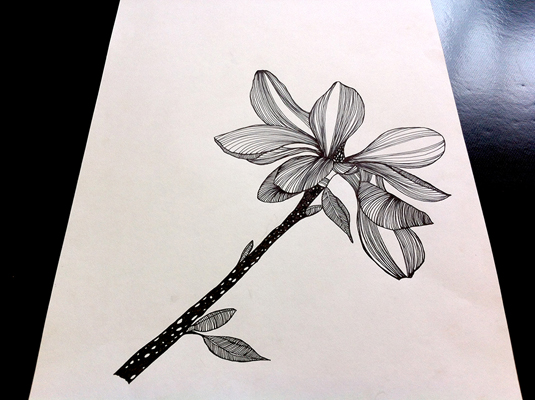
"Pay attention to your surroundings," says Swedish designer Camilla Meijer. "An idea can come alive by seeing a beautifully coloured house, or an unusual tiled pavement."
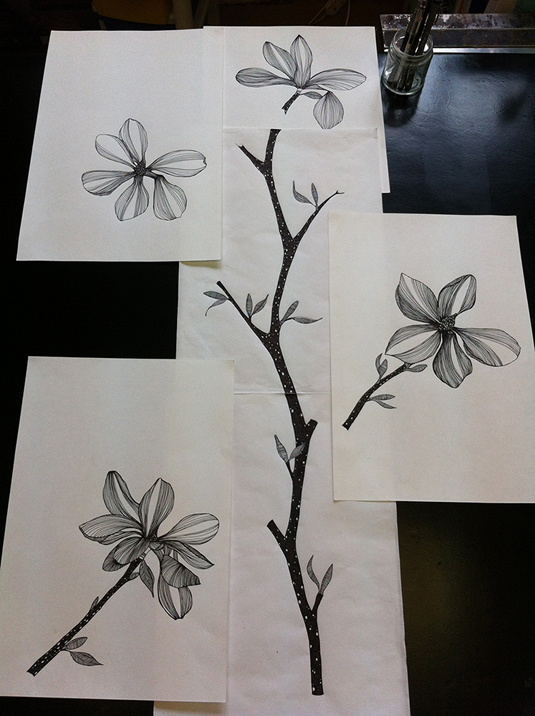
With a background in fashion textiles as a print designer, Meijer realized her dreams set up her own brand in 2009, participating in New York Design Week on an annual basis. Passionate about 'bringing nature indoors' Meijer's award winning designs are bursting with high contrast colour palettes and intricate drawings of foliage: "With my illustrations, I want to be able to capture the magic that is found in nature's flowing lines and its natural dance."
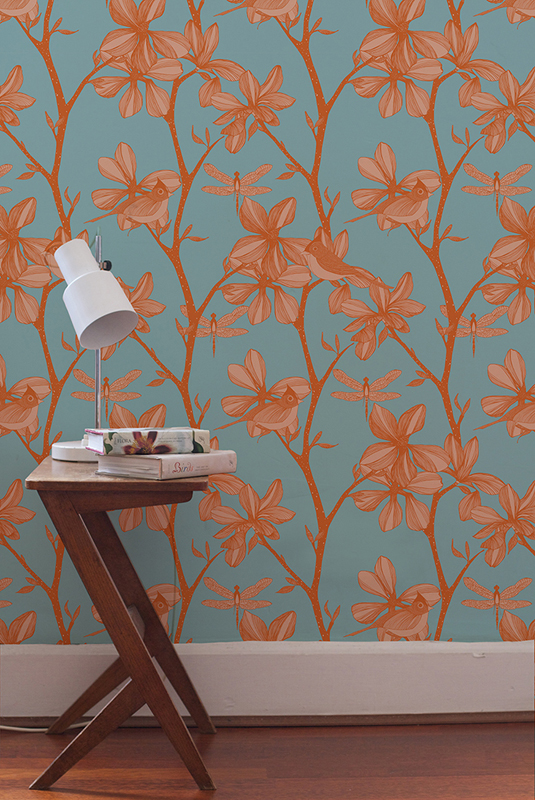
Illustrator Joe Rogers agrees "I love the outdoors; a lot of my work is inspired by the shapes, objects and sounds that can be found in nature." Favouring sketchbooks to keep track of his thought process, he adds: "Old experimental collages and drawings can often trigger the next thing."
Get the Creative Bloq Newsletter
Daily design news, reviews, how-tos and more, as picked by the editors.
02. Build your own inspiration 'library'
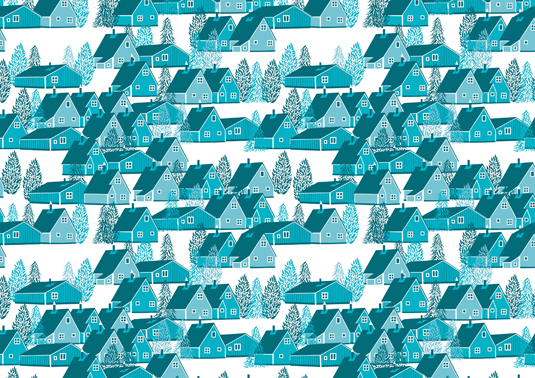
The practice of collecting materials - be it photographs, found objects, interesting colour combinations, unusual words - is one that every designer should follow. Our illustrators recommend gathering as much inspiration as you can to use in your creative process.

"Pinterest is a fantastic portal - you can also follow some really influential designers to see how they gather their inspiration" says Ben O'Brien. Together with his wife and design partner Fiona, they launched B-Goods in 2013, selling a range of hand made fabric bags and cushions, inspired by nature and their travels. He adds: "We have books of historic textiles and wallpapers, indie interior and fashion magazines, endless folders of digital photos from our own travels"

Borg agrees: "It's important to keep your eyes and mind open to things outside of your design discipline. I have started to collect reference books recently, especially on botanical and animal illustration. I've found car boots are especially good for these kind of books." O'Brien adds: "I have stacks of sketchbooks and old drawings - we keep everything, whether small scraps or fully-detailed masterpieces."
03. Map out your ideas
Keeping track of your ideas and recording your thought process can really get the creative juices flowing, as O'Brien observes. "We use a lot of lists and create 'mind-maps' on the walls of our studios," he says. "We keep lists of places, fruits, materials, words people - anything that could spark an idea or direct a project towards fun and creativity!"
Meijer agrees: "I fill walls with colour swatches, individual drawings and repeat sketches." She also advocates using sketchbooks on the go: "I make little doodles, sketches and drawings, trying to document the ideas and visuals that come to me."
04. Keep it simple
"Play around with your design, and unless you're on a client deadline, don't rush it" says Borg. "Repeats can be tricky; I often find it helpful to come back to designs days or weeks after starting them and look at them again with fresh eyes to work out where they are going."

An award winning designer, Abigail Borg's intricate drawings of botanical plants and flowers are beautifully constructed into colorful pattern design with a vintage twist. Graduating back in 2010 from Leeds University, her work combines traditional approaches to drawing with digital printing techniques.
"Simplicity usually works best," advises Borg. "It's easy to start work on a motif you plan to turn into a repeat pattern and fall into the trap of thinking you have to go crazy with detail and colour for it to be a success - if you're not careful it can turn into a real car crash."
05. Upcycle older work
Joe Rogers used his existing portfolio as a starting point when he was commissioned by Wrap to produce a new line of wrapping paper. "Polly and Chris were quite open to what they wanted me to create - they had seen my previous work and were interested in how these visuals could be reproduced and developed into patterns."
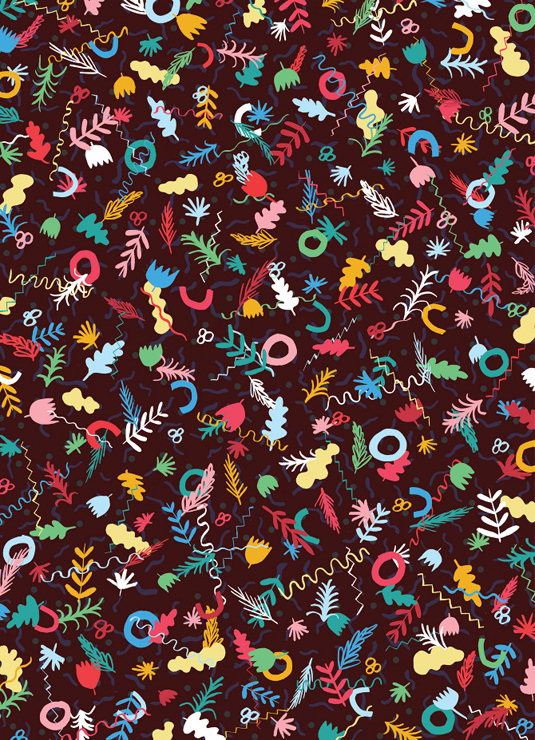
Rather than making a repeat design, Rogers opted to play around with each individual element, creating a dynamic, colourful illustration over the full length of the sheet. "When the layer count was travelling towards 800 I started to regret my decision, but repeating elements would have felt a bit like cheating."
06. Build repeat patterns
"Structurally there are endless ways of forming a repeating pattern" O'Brien says. "Do some research, look at how pattern designers from centuries gone by have constructed their designs into a repeat and see if you could do the same with your contemporary artwork."
"It can be hard to envisage what the final pattern is going to look like," says Borg. "Take the time to experiment with your drawings, playing with different elements - even if you think they just wouldn't flow together," she adds. "In my case often the most striking repeats are completely accidental."
"Focus on a simple way that you can take your illustrative/design style into repeating patterns, then build on the complexity of the repeat. There are a lot of technical tutorials online, and tools in Illustrator and Photoshop that can make the pattern-making process a lot easier," advises O'Brien.
07. Observe trends – and then set your own
"Our colour palettes are often guided by trend forecasting for fashion or interiors; if you're taking your patterns to products, then you have to be aware of the market," says Fiona O'Brien.
Husband Ben adds: "As much as we do think it is super important to understand fashions trends and directions, it's important for us to stay true to our own style rather than purely conforming; it's perhaps a longer road to success, but one that we find much more enjoyable!"
08. Understand the impact of scale
Applying your designs to a range of surfaces poses its own set of problems, and Ben O'Brien advises considering the range of different media from the outset. "If you are making a pattern for fabric, and the pattern tile is A3 size, then could you ever use it for a much smaller surface, like an iPhone cover? If your pattern became a wallpaper, for instance it would be seen very differently from how you are viewing it on your screen while you create it."

Having spent years refining her drawing technique, Borg negotiates this challenge with ease. "For my wallpapers I tend to use large scale and very detailed foliage which really make an impact on a room, especially when being used on a feature wall. Notebooks and smaller products tend to have simpler drawings and repeat work, as the detail would simply get lost on such a small scale."
09. Push yourself in new directions
Surface pattern design doesn't just mean creating wallpaper and textiles. Experimenting with ceramics is an alternative route that can compliment your portfolio, as Rogers has discovered. Featuring his distinctive geometric patterns, his collection of hand painted, home wares took him in a new direction. "Sometimes you don't know why you make experimental work, and it can even confuse your practice, but I have found that somewhere down the line these experiments will inform your work."
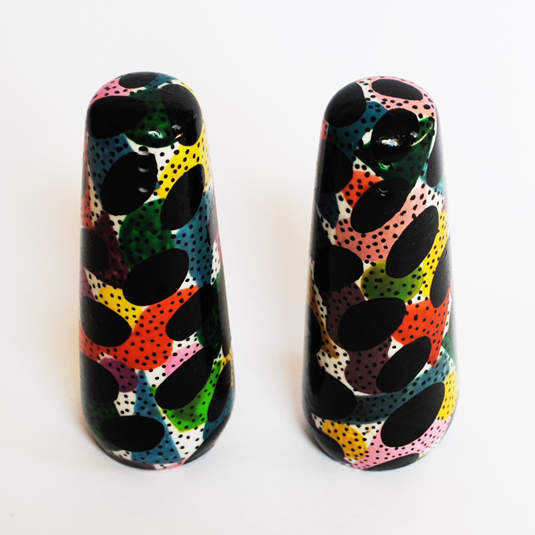
For the O'Briens, a decision to launch their own line of fabric bags was a gamble. "Producing the bags ourselves included a steep learning curve, getting to grips with the technical production processes and understand bag design. Creating something unique involves quite a lot of trial and error; from creating the patterns to having finished 'retail ready' bags has been a six-month process."
Borg encourages designers to be bold: "Don't be afraid to experiment with colour! Forget any rules about what colours should and should not be seen together. If you think it works then go for it!"
10. Read these resources
These resources have been recommended by Ben O'Brien:
- WGSN - fashion trend forecasting
- Design Milk - product design inspiration
- Pantone - colour forecasting
- Drapers - textile trends
Words: Lisa Hassell
Like this? Read these!
- Create a perfect mood board with these pro tips
- The ultimate guide to logo design
- Our favourite web fonts - and they don't cost a penny

Thank you for reading 5 articles this month* Join now for unlimited access
Enjoy your first month for just £1 / $1 / €1
*Read 5 free articles per month without a subscription

Join now for unlimited access
Try first month for just £1 / $1 / €1

The Creative Bloq team is made up of a group of art and design enthusiasts, and has changed and evolved since Creative Bloq began back in 2012. The current website team consists of eight full-time members of staff: Editor Georgia Coggan, Deputy Editor Rosie Hilder, Ecommerce Editor Beren Neale, Senior News Editor Daniel Piper, Editor, Digital Art and 3D Ian Dean, Tech Reviews Editor Erlingur Einarsson, Ecommerce Writer Beth Nicholls and Staff Writer Natalie Fear, as well as a roster of freelancers from around the world. The ImagineFX magazine team also pitch in, ensuring that content from leading digital art publication ImagineFX is represented on Creative Bloq.
